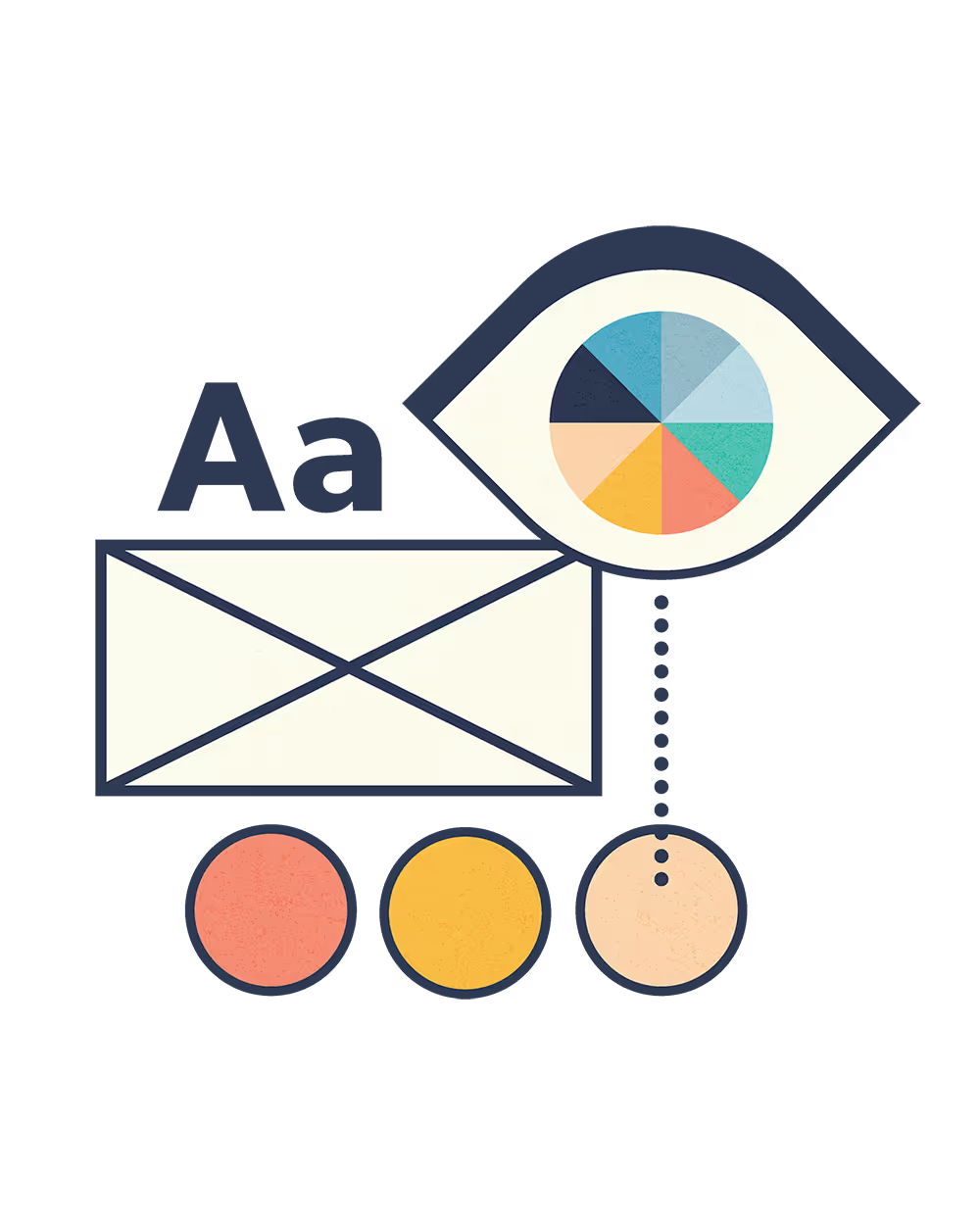Let's be real about nurture sequences—most business owners want to skip straight to the sale, but that's not how trust works. Nurture sequences are for leads who aren't quite ready to buy yet but have shown interest in what you do. These people need time, education, and proof that you're the right solution for their problems.
While your welcome email sequence and nurture email sequence are for new leads, they serve different purposes. Your nurture sequence should encourage conversion (sales), but it's a bit softer, with more education and content. Think of it as the middle ground between "nice to meet you" and "ready to buy."
The goal of your nurture sequence is to build trust through consistent value delivery. Share educational content that helps prospects solve smaller problems while positioning you as the expert who can handle their bigger challenges. This might include tips, strategies, case studies, or behind-the-scenes insights into your process.
Use storytelling throughout your nurture sequence to communicate effectively. Focus your emails on the story behind your services, your customers, and your brand. Stories stick with people and make you more memorable than businesses that just share tips or promotional content.
Your nurture sequence should gradually position you as the ultimate solution to their pain points. Don't rush this process—trust takes time to develop, but it's worth the investment. Prospects who go through a proper nurture sequence are often better customers because they understand your value and approach before they buy.
Remember to test and optimize your nurture sequences. Make a point to review your analytics once a month to see how many people are opening, clicking, and taking action. This data will help you improve your sequences over time.



